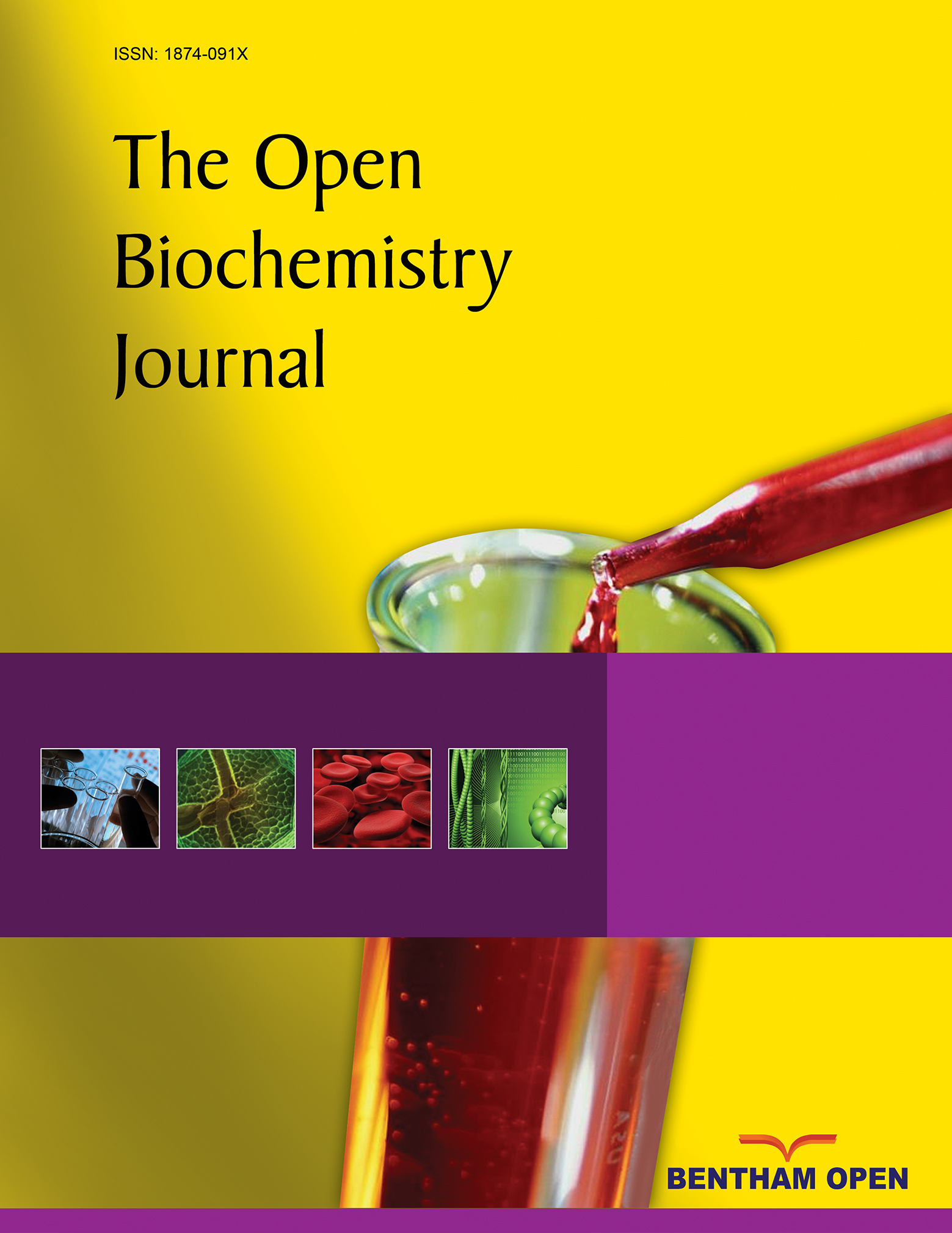All published articles of this journal are available on ScienceDirect.
Tetracyclines: Insights and Updates of their Use in Human and Animal Pathology and their Potential Toxicity
Abstract
Tetracycline antibiotics (TCs) have been widely employed to treat bacterial infections and other pathologic conditions in humans and pets. Although most of TCs have been almost ruled out from the human clinical practice they are still used as growth promoters and to treat promiscuity and overcrowding pathologies in the intensive animal farming. As a consequence, TCs are commonly found in all ecological compartments with potential direct or indirect toxicological effects on animals and, generally, on all living organisms. Moreover, clinical and in vitro observations raised the hypothesis that the widespread of some adverse food reactions and, to a less extent, antibiotic resistance phenomena could be ascribed to the presence of TCs residues in edible and non-edible tissues of intensive animal farming intended for animal and human consumption. Such residues may pose serious health threat, depending on the type of food and the amount of residue present.
The aim of this review is to provide new insights about the clinical uses of TCs in humans and animals and their potential toxic effects as residues in the environment or as food components.


